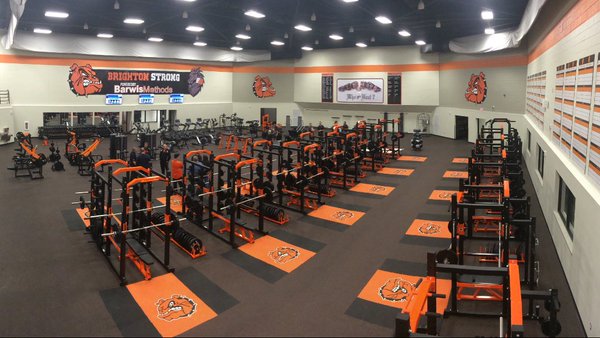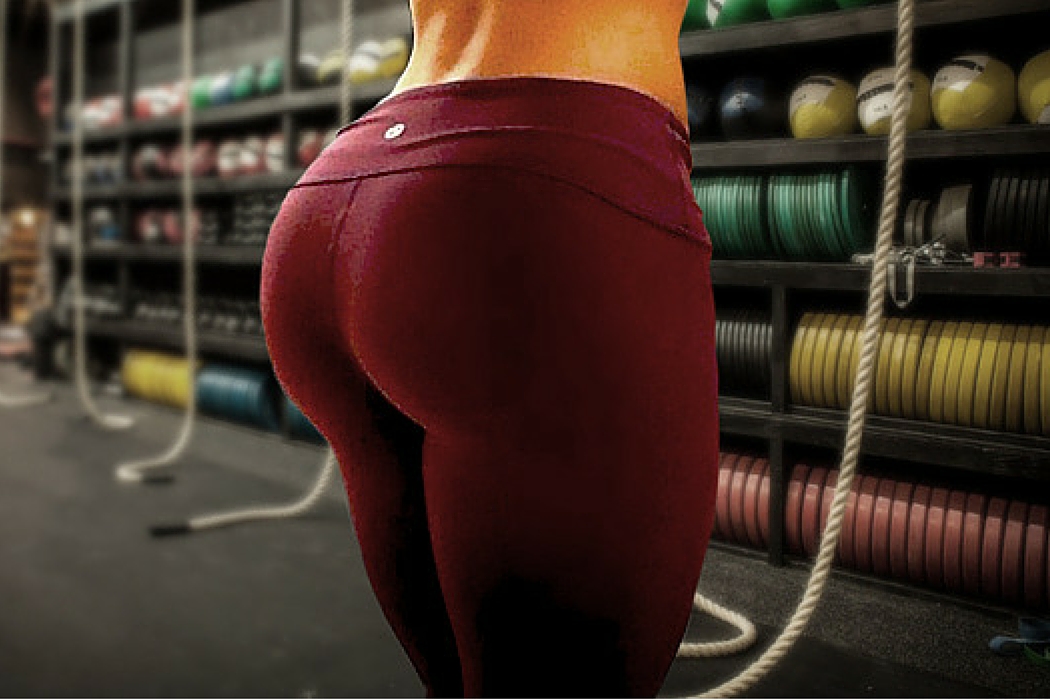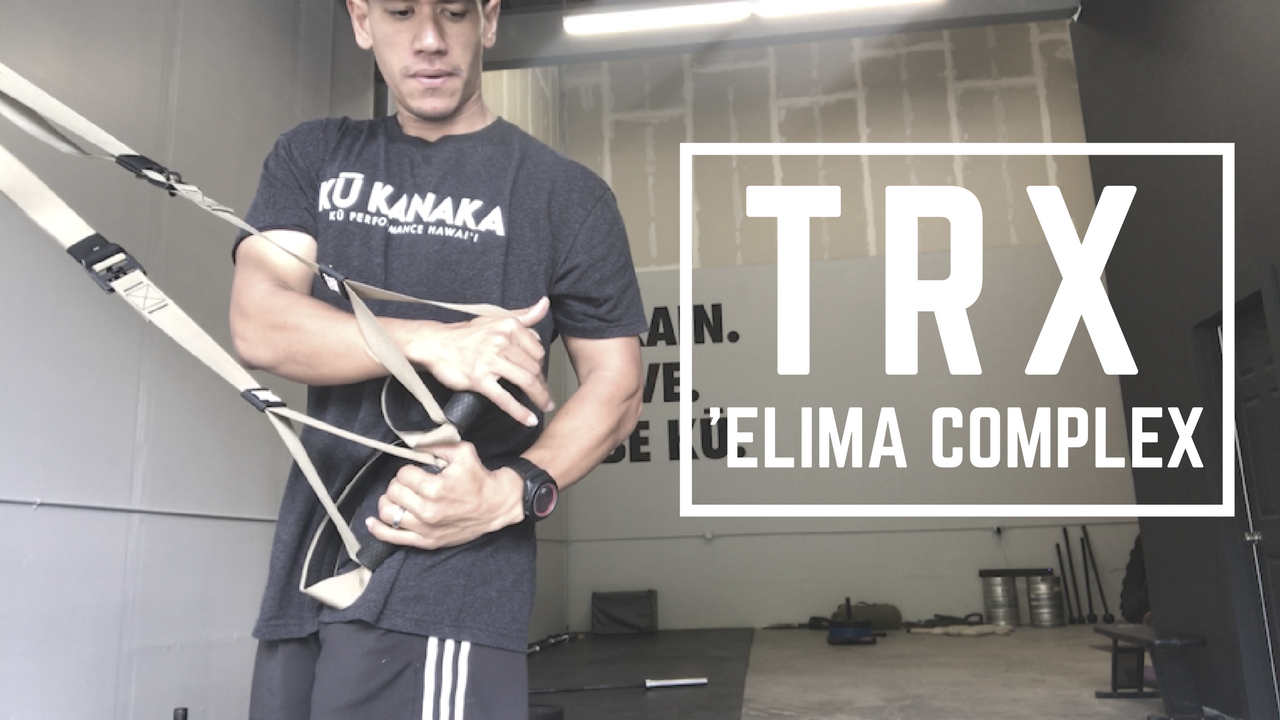With the rise of Strength and Conditioning programs in High Schools, there are many considerations coaches should first confront to help with building a program. In Hawaii, most of the high schools don’t have a full-time strength and conditioning coach and sometimes one of the coaches have to step up to help the kids in the weight room. Aside from that, some parents feel they have to search around for a personal trainer or facility to help their kids improve their performance and help reduce their risk of injury.
First off, you may be wondering, “Who are you to be talking about this?”
Fair question and here’s a fast kine answer to not take away from this post. I’m a former Head Strength and Conditioning Coach at a university in California, coached and developed strength and conditioning programs for 21 collegiate sports, and since being back home in Hawaii – I observed the lack of information and education for high school athletes, coaches, and parents.
This is why I want to help.
In today’s youth sports, strength and conditioning programs are becoming essential for young athletes to excel in their sports but not all have the same resources available. The most important concept to remember is that It’s not about what you don’t have, but what you do with what you have.
Hawaii High School Strength and Conditioning Program Considerations
The following are considerations for Hawaii coaches to think about as they begin or try to improve their strength and conditioning program to help their athletes perform better and be safe.
What Facilities and Equipment do you have available?
While you may have seen unreal training facilities especially amongst High Schools, you have to be realistic to what you have access too. I mean, would it be amazing to have a facility like Brighton High School?

Hell yea, but not even University of Hawaii has a facility like that, which is kind of sad. But anyways, again, it’s not about what you have, but what you do with what you have.
Being aware of the resources you have access to is important for every strength and conditioning program. Here is a list of resources for you:
- Fitness rooms
- Weight rooms
- Gym
- Fields and Courts
- Exercise Equipment
- Physical education equipment
- Access to beach
- Nearby parks
How many athletes and coaches will be in the strength program?
Let’s keep it simple and say you are starting off with one team. The main sport to take on a strength and conditioning program in High School is football but I think every program would benefit from proper training.
For the sake of this article, let’s use football as an example and say there are 50 athletes. Once you know how many athletes you have in the program then you will have to look at the resources you have for implementing the program as well as how many coaches will be available.
According to the National Strength and Conditioning Association, “Strength & Conditioning activities should be planned, and the required number of qualified staff should be present, such that recommended guidelines for minimum average floor space allowance per participant (100 ft2), professional-to-participant ratios (1:10 junior high school, 1:15 high school, 1:20 college), and number of participants per barbell or training station (up to 3) are applied during peak usage times (5,7,38,42). In ideal circumstances, this corresponds to one Strength & Conditioning practitioner per 3 – 4 training stations and/or 1,000 ft2 area (junior high school); 5 training stations and/or 1,500 ft2 area (high school); or 6 – 7 training stations and/or 2,000 ft2 area (college), respectively”
So if there are only 1-3 coaches and 50 athletes, the safety of the athletes are at risk. Many coaches in Hawaii find themselves in this situation which is unfair to them because they are trying to help the kids become better.
Also, the coaches need to be properly trained in order to maintain the safety and proper use of training protocols for the athletes. Safety is ALWAYS first.
How often and when can you hold training sessions?
I know according to policy, you can’t require training sessions all year so of course you have to refer to the regulations in place. But the question is still important because it allows you to create a place.
For instance:
Off-season can be 8-15 weeks and hold 3-4 training sessions/week.
Pre-season can be 8-12 weeks with 2-4 training sessions/week
In-season can be 12-16 weeks with 1-2 training sessions/week
Above gives you an idea of the time suggested for each part of the annual training program. On top of this, you have to think about what sort of testing you want to implement to use a Performance Indicators to track progress.
This is where proper coaching experience comes in and knowing what tests to perform and why. Don’t do a test just because it’s a cool things or you see NFL players doing it. Know the why!
To me, I have no use for a bench press for reps test, like the NFL 225 Bench Press Test, and wouldn’t make any of the athletes I train do it unless they are training for the NFL combine.
More Talk Stories About This
There needs to be more support for schools, coaches, parents, and athletes who are interested in starting a strength program at their school. They need to be given the proper education and understanding of what it takes to build a strength and conditioning program from the ground up.
Not all schools will have the same resources and that’s where creativity and community help comes in.



